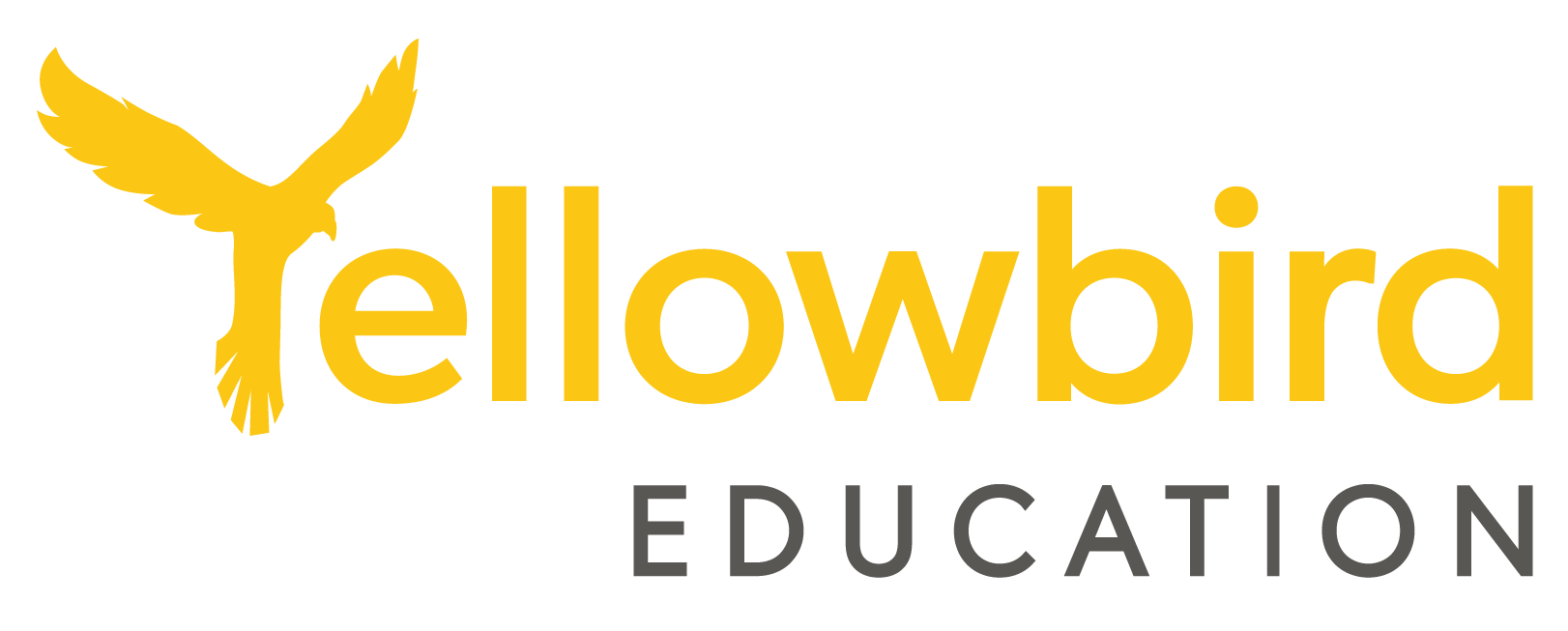Your basket is currently empty!
A Platform for Learning?

At Yellowbird Education we always strive to clarify the picture for parents. An independent view is important, so when the London 11+ Consortium announced that they are using the Atom platform to develop their exams online, it prompted us to take another look at the inexorable rise of Atom Learning.
The background:
Just in case you are puzzled by all this, it’s important to have a bit of background knowledge about the way the 11+ exams have changed over recent years. For quite some time now, some secondary school heads have been beating a drum for a simpler exam system. On the face of it, this seems a very reasonable idea, given the stresses of 11+. However, it hasn’t quite worked out like that. Almost biannually, the London 11+ Consortium, for example, have been announcing that they are changing formats. And now, once again, a new format has been declared, but not in full detail (making the whole process not quite as stress-free for parents as hoped). However, the overall drive has been, more or less, to move away from the fairly straightforward (if a little old-fashioned) system of testing English and Maths.
As a result, comprehensions became multiple-choice rather than written answers, creative writing became discursive then persuasive and/or moral dilemma; Verbal and Non-Verbal Reasoning were introduced; maths exams included algebra and so on. All of this has become part of a series of ‘new ways’ to replace the old.
And there is no doubt that the old way did mean lots of exam marking, but then secondary schools did charge for that entrance exam. Interestingly, in making more changes, the London 11+ Consortium have reintroduced a 25-minute creative component to their exams (something we applaud) rather than keeping the focus just on Verbal and Non-Verbal reasoning. Writing is back into the mix.
It must be said that COVID also played a part in the confusion, forcing a shift to the ISEB. Many schools were moving away from the ISEB prior to COVID but returned to it out of necessity. Is it back to stay? We’ll see.
Where does Atom Learning come into all this?
Now, it seems that Atom Learning is trying to ride to the rescue of exams.
Why not set the test online? What’s more, they’ll provide the learning package too in order to facilitate this move.
On the face of it, this seems like another good idea – no more of that time-consuming marking for a start (although parents will still have to pay to take an exam). Homework will be set online and be the best way to learn because the exams will be online. Atom Learning claim they can assess your children and compare them with others. Job done! Why didn’t anyone think of this before? you ask. Well, the fact is people did. CEM for example (created by teachers rather than bankers) have been providing excellent tests for years. Why haven’t the secondary schools gone for a more tried and tested system of testing? Well, perhaps it isn’t new enough.
The inherent danger for all private schools:
In the long run, the more the private schools are enchanted by the new utopic glitz of online convenience, the more they are backing themselves into a corner. Already we are hearing parents asking: why shouldn’t we all save a fortune on primary education by going State, and then simply using Atom Learning to pass the tests? I’m beginning to see why the bankers have got involved.
Mind the gap:
Already, teachers are finding it far more convenient to set homework on Atom or Bofa. A lot less marking! But there can’t be a parent or a nanny that hasn’t been drawn in, at some stage, to help the child (I know I have as a parent). I’ve also watched my own son guessing his way through Reasonings and comprehensions (not to mention the long, overly-complicated maths problems) getting the answers wrong, but then not reading the explanation on how to do it. Someone needs to be with them to help. Admittedly, all children aren’t like mine, but at the very least the question should be asked: is Atom actually learning?
The fact is, there is no way that teachers can know how much of the online homework is actually being done by the children themselves. Are they teaching the child or the nanny? This pales into insignificance when you realise how much online learning removes the teachers from their students.
Teaching is all about understanding the student, playing to strengths and supporting weaknesses. It’s a personal relationship. To know a student well enough to help them, a teacher has to read and mark their work constantly – in and out of weeks, all through the year.
The conclusion:
So there’s a danger in thinking that Atom is anything more than just one more tool (a useful one, admittedly) in a private school’s armoury. It certainly can help, but not to the extent that it is allowed to take over. It came as no surprise to us to hear perplexed parents saying that they couldn’t understand how their child hadn’t got into the school of their choice – despite doing brilliantly on Atom.
Platforms like Atom Learning and Bofa are businesses. It pays them to encourage parents to think they need more of what they offer.
This is why we, at Yellowbird Education, try to focus on what’s needed. It’s also one of the reasons why we still offer mock exams on paper. They are tangible and visual, not something in the Cloud. An independent, out-of-comfort-zone snapshot is, we believe, the best way for parents to see if their children are understanding what they are being taught. After all, isn’t just about how our children are being tested. It’s about how they are being educated too.
Yellowbird Education Snapshot Mock Exam Format:
English
4 sections. Duration: 65 minutes.
Section A. Comprehension: 20 minutes, part multiple-choice, part written answers.
Section B Grammar: 10 minutes, vocabulary, grammar and punctuation.
Section C. Verbal Reasoning: 10 mins. A mix.
Section D. Creative Piece: 25 mins. Written.
Maths
4 sections. Duration: 60 minutes.
Section 1: Timed: Maths multiple choice.
Section 2: Shapes, area etc.
Section 3: Word problems.
Section 4: Challenge questions for Tier 1 schools level.
NB. In Maths, Sections 1-3 are marked together to show expected levels based on the current maths curriculum.
Sections 1-4 are also marked to give an overall level including Tier 1 schools.
Exact exam format may vary slightly from exam to exam.


